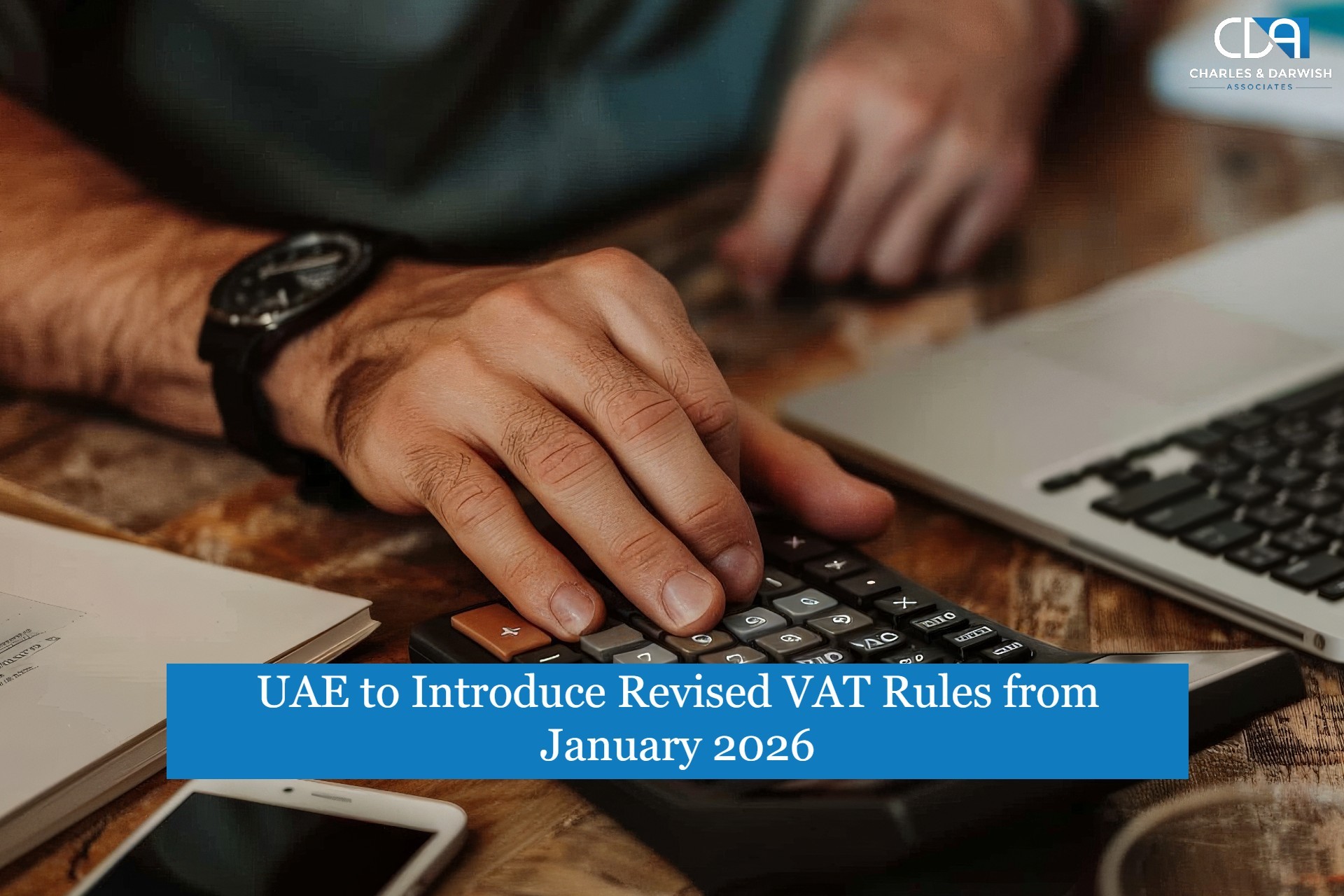How NPV and IRR Help in Financial Feasibility Study?
NPV and IRR are terms regularly used in the world of financial management and they play a crucial role in the allocation of available funds in a way to obtain optimum results. Financial feasibility study helps you assess the success or failure probability of your business. Here we discuss in detail the concepts of NPV and IRR, which can be used in your financial analysis.
What is NPV?
Net Present Value (NPV) is mostly used in the time of budgeting of capital expenses or analysis of any proposed investment or project that is expected to give cash inflow or outflow over a period of time. NPV refers to the difference between the present value of estimated cash outflows and the present value of estimated cash inflows which are projected to happen for a period of time in future. For example, when a company is trying to make a decision on whether to buy a property or take the property on lease, which involves a financial commitment material to the company, NPV is a major factor that gets analysed.
What is IRR?
Internal Rate of Return (IRR) is a ratio that is usually calculated when analysing the profitability of an investment option. Basically, IRR refers to the discount rate that makes the net present value of the cash flow over a period of time, both inflows and outflows expected in the proposed investment option to zero. This ratio indicates the projected performance level of the investment option which is getting analysed. As the name refers to the ‘internal’ rate of return, this ratio excludes other external factors such as inflation or any other financial risk and only focuses on the features of the particular investment option.
How is NPV calculated?
Formula for calculating NPV is as below, where “Nv” represents the net cash flow during a future period, “i “represents the discount rate used and “t” represents the time period.
NPV = sum of Nv/(1+i)t
For example, initial investment in a proposed project that we are analyzing is AED 3,000 and the expected net cash flows over next three years are AED 900, AED 1,500, and AED 1,200 and the discount rate is 4%. The NPV of the project is calculated to be AED 319.01 as below:
NPV =3000 – 900/(1+0.04)1 – 1,500/(1+0.04)2– 1,200/(1+0.04)3 = 319.01
How is IRR calculated?
IRR can be calculated from the same formula which is used above for NPV. IRR is the discount rate which makes the NPV in any scenario as zero. Hence when the factor “i” in the above formula, which refers to the discount rate becomes IRR, then NPV shall be zero.
NPV=zero= sum of Nv/(1+IRR)t
If we are analysing the same example given above for NPV, where an initial investment in a proposed project is AED 3,000 and the expected net cash flows over next three years are AED 900, AED 1,500, and AED 1,200 then IRR is the discount rate which gives NPV as zero.
NPV =3000 – 900/(1+IRR)1 – 1,500/(1+IRR)2– 1,200/(1+IRR)3 = 0, IRR in this case is 9.265%
What are the factors to be considered while analysing NPV and IRR in any financial feasibility study?
We should know how to analyse the results of NPV and IRR calculation for any project in question. If an investment option gives a positive NPV, then it is beneficial. Hence while comparing various investment options, the project that gives the higher NPV is expected to give better financial returns. To get an accurate analysis of NPV, we should make sure that the assumptions on the estimated future cash flows and discount rate are taken correctly. Discount rate to be used while checking NPV is usually the expected minimum rate of return if the fund is invested in any alternative investment option readily available such as bank interest rate.
Similarly, the projects or investment options which give higher IRR are more beneficial. IRR apparently reveals the proposed performance results of the investment options as a percentage and the same can be easily compared for different such options to make an informed decision.
How CDA can help you in your feasibility studies and activities related to investment management?
A detailed review and analysis of the feasibility report are always required before making financial decisions and implementing investment strategies. CDA has competent professionals who can support you in preparing project feasibility reports and perform reviews of areas comprising financial analysis in your business. We can provide with you our value-adding feedback on various tax and accounting aspects along with highlighting the financial risks, if any, during our review of your prospective undertakings.
Hope you got a clear idea of how NPV and IRR will help in the financial feasibility study. Still, you need expert advice on financial feasibility study of NPV and IRR? Feel free to contact us, our experts can guide you through a systematic approach to tackle your concerns and queries with respect to your upcoming projects and assignments.

Mark Thompson
Full-stack Developer, Blogger, and Tech Enthusiast.
Mark specializes in digital marketing, SEO, and content strategy.













